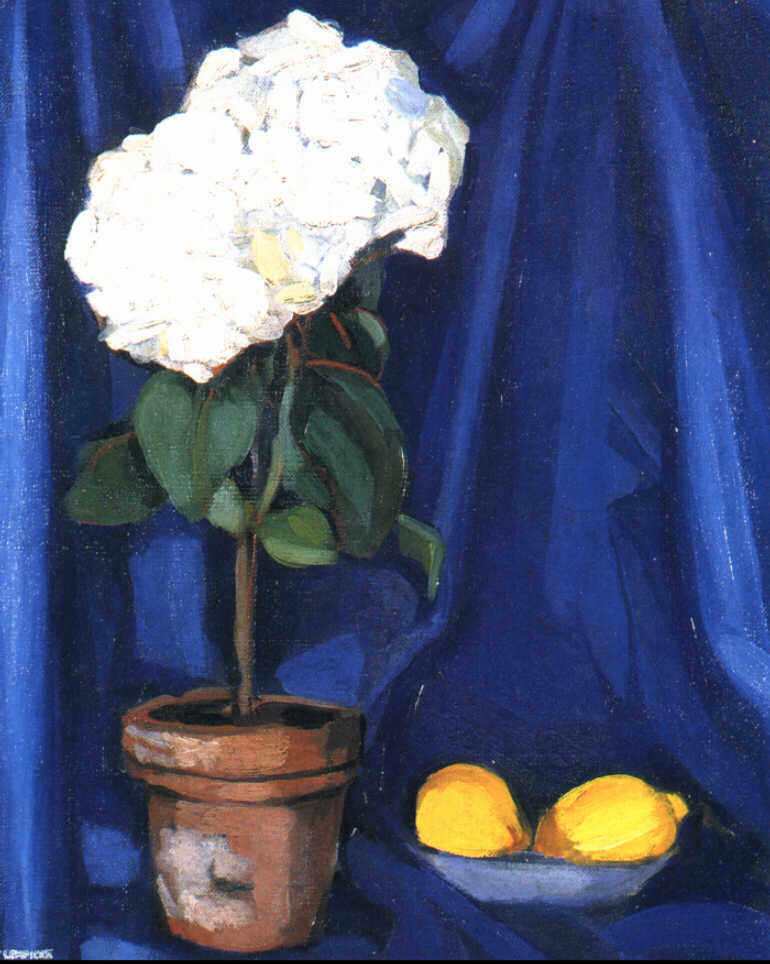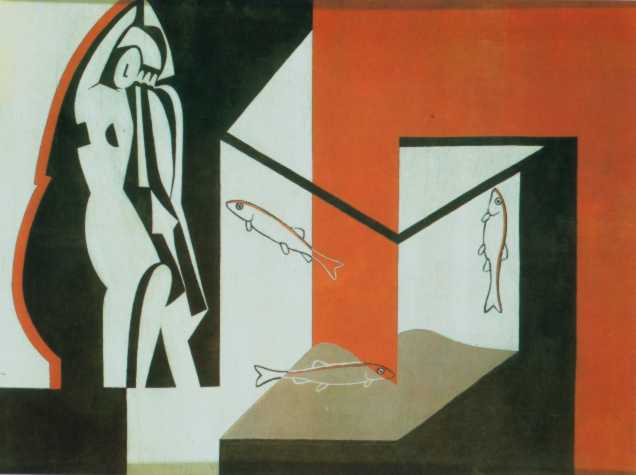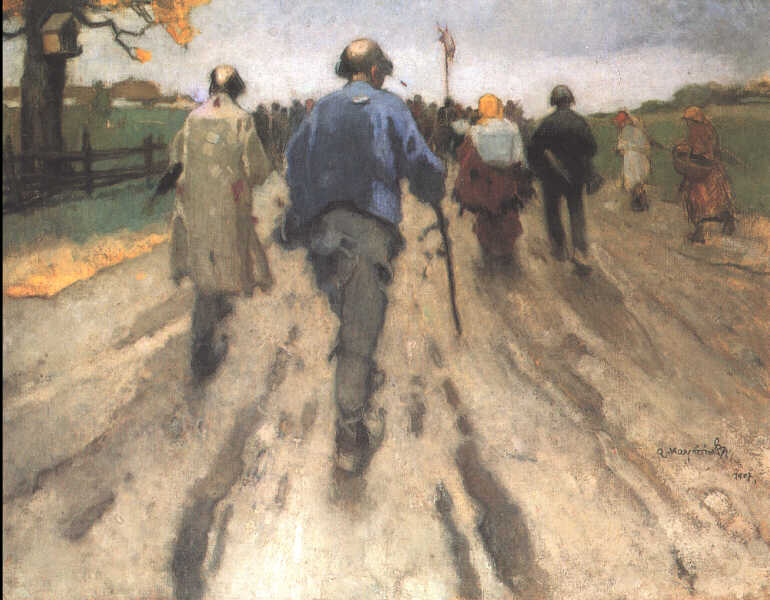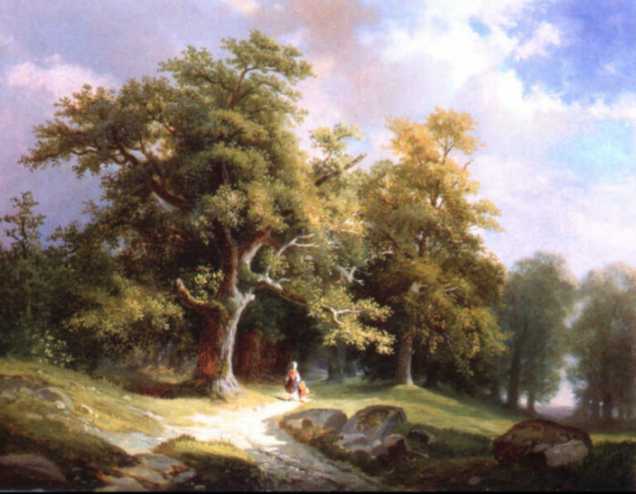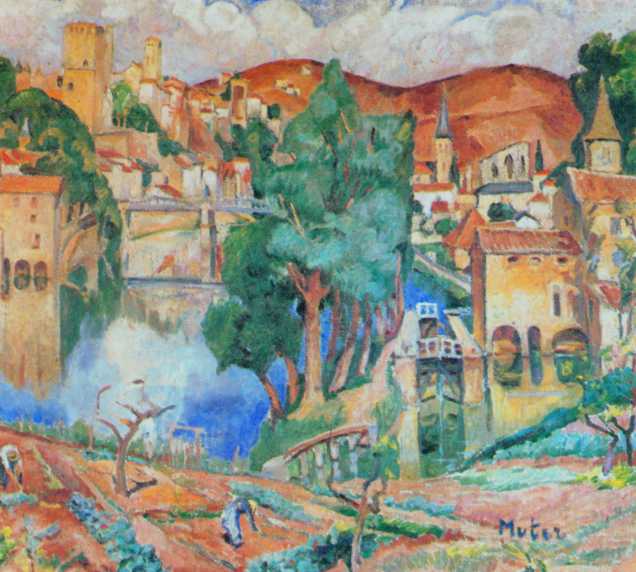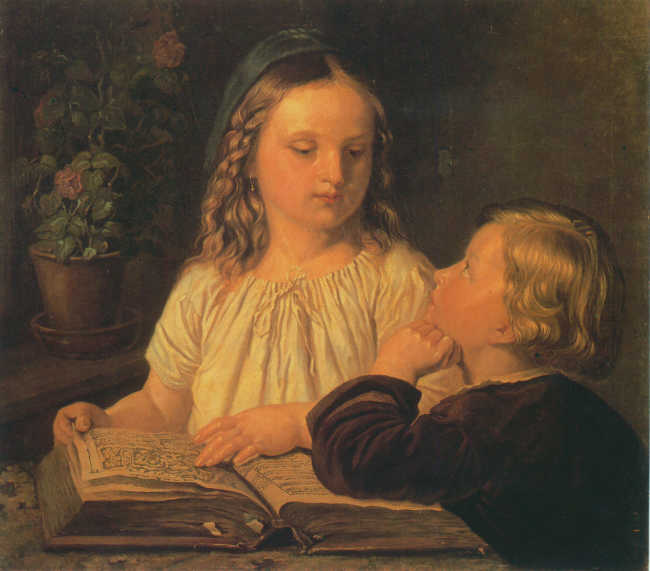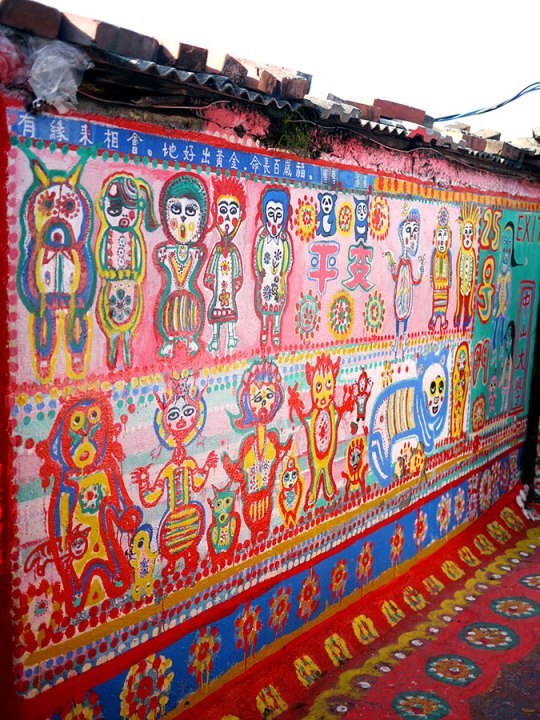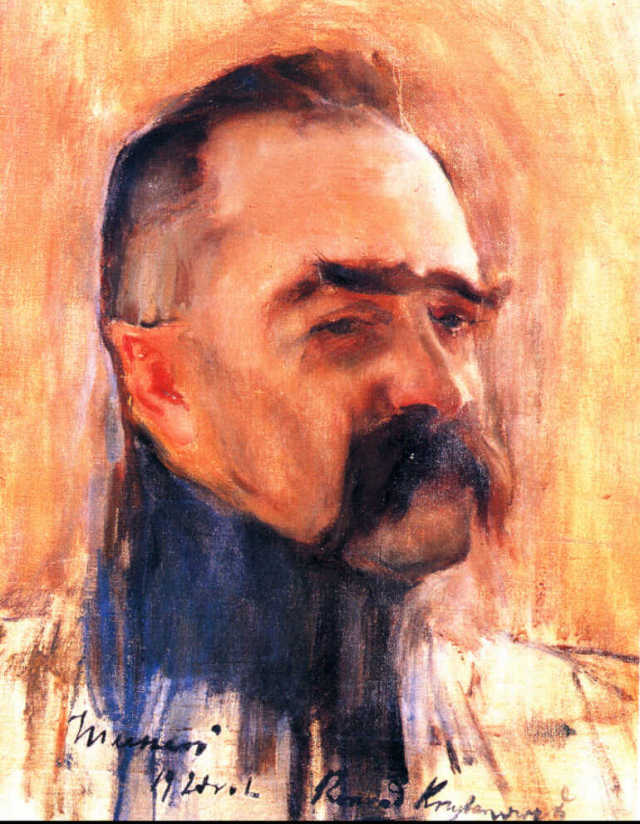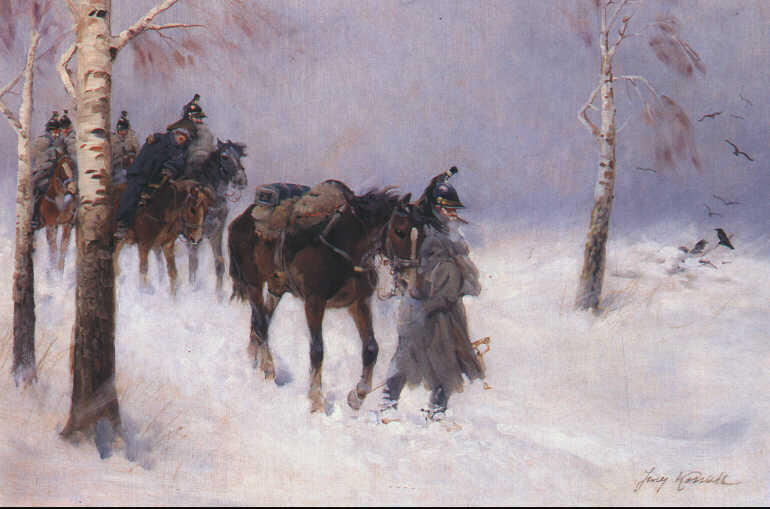Lempicka Tamara (ur. 1898 Warsaw, zm. 1980 Cuernavaca, Mexico).
Painter; daughter of a Warsaw attorney. As a child, she traveled around Europe; She spent the years of World War I in St. Petersburg, from where, together with her husband, T. Łempicki, she left for Paris after the revolution broke out. She took up painting studies at the Academie de la Grande Chaumiere and at the Academie Ranson with M.. Denis and A. Lothea. She painted portraits of famous personalities, acts, still lifes. She quickly gained success in the artistic and intellectual salons of Paris and in the high circles of the bourgeoisie – and it's not just me, a painter, but also as one of the eccentric and liberated beauties of the twenties. Exhibitions by Łempicka were successful in Italy and France, but the artist has also exhibited in the United States and Poland –m.in. in the Zachęta Gallery in Warsaw. Her painting – called by critics “a perverse version of Ingres' play” and characterized by cubist styling, mannerism of the shots, with hard forms and sharp colors – was the perfect implementation of the Art style. Deco. W 1939 Łempicka left with her second husband, Baron Kuffner, to America and lives in California, where she portrayed Hollywood stars and became famous for her lush social life. At the end of the war, she moved to New York, but her paintings no longer enjoyed their former popularity – despite trying to change the style. The artist's work was rediscovered in Paris, in the seventies, on the wave of renewed interest in art Art. Deco.
Painter; daughter of a Warsaw attorney. As a child, she traveled around Europe; She spent the years of World War I in St. Petersburg, from where, together with her husband, T. Łempicki, she left for Paris after the revolution broke out. She took up painting studies at the Academie de la Grande Chaumiere and at the Academie Ranson with M.. Denis and A. Lothea. She painted portraits of famous personalities, acts, still lifes. She quickly gained success in the artistic and intellectual salons of Paris and in the high circles of the bourgeoisie – and it's not just me, a painter, but also as one of the eccentric and liberated beauties of the twenties. Exhibitions by Łempicka were successful in Italy and France, but the artist has also exhibited in the United States and Poland –m.in. in the Zachęta Gallery in Warsaw. Her painting – called by critics “a perverse version of Ingres' play” and characterized by cubist styling, mannerism of the shots, with hard forms and sharp colors – was the perfect implementation of the Art style. Deco. W 1939 Łempicka left with her second husband, Baron Kuffner, to America and lives in California, where she portrayed Hollywood stars and became famous for her lush social life. At the end of the war, she moved to New York, but her paintings no longer enjoyed their former popularity – despite trying to change the style. The artist's work was rediscovered in Paris, in the seventies, on the wave of renewed interest in art Art. Deco.
Still life with lemons, ok. 1920
oil, canvas, 55,5 x 46,3 cm;
signed lower left: T. DE ŁEMPICKA;
oil, canvas, 55,5 x 46,3 cm;
signed lower left: T. DE ŁEMPICKA;
